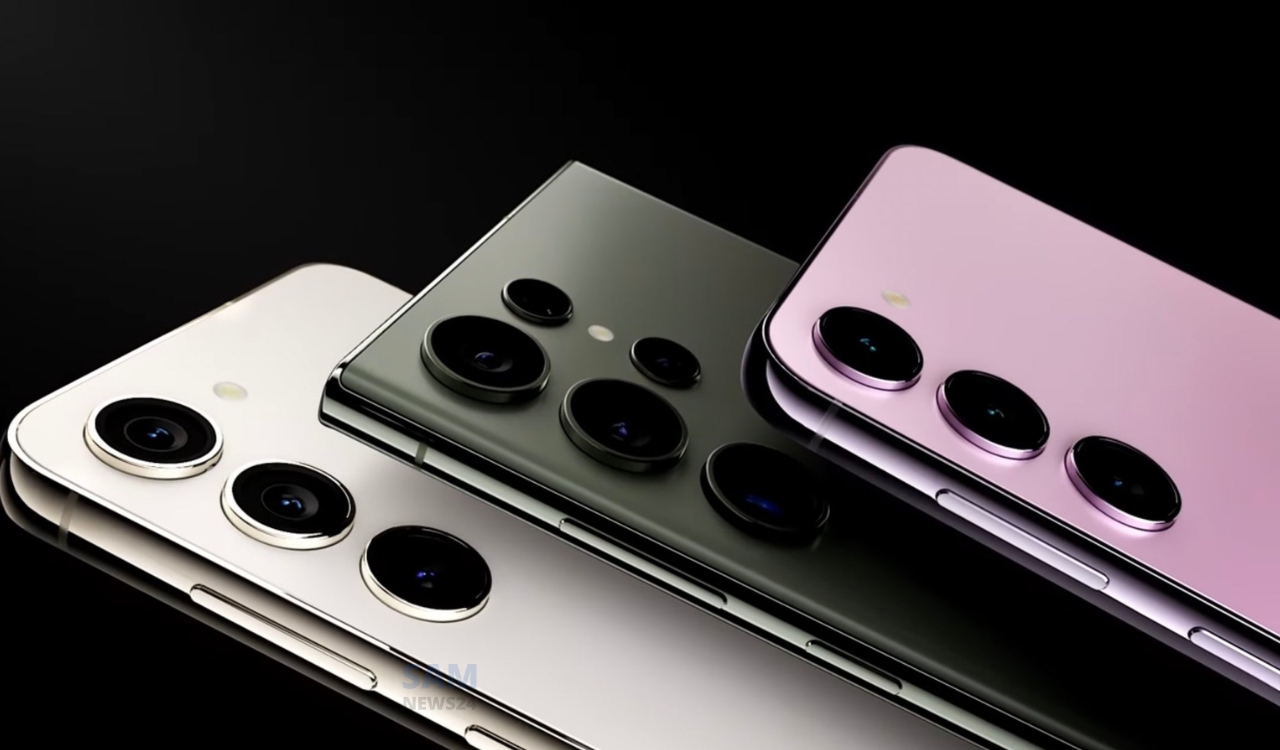Samsung’s S series is the flagship and the company’s vehicle for innovation for over a decade. Since it acquired some revolutionary technologies that shape the feel that we have now. And this is not only the innovations or the top features that help in order to get this fame but its consistent improvement in these years. Further, let’s have a complete tour of the evolution of the iconic Galaxy S series.
2010–2012: The First Galaxy S Phone
Being the first of its kind, the Galaxy S had a lot of projections tied to its name. And it certainly fulfills the same with its Super AMOLED display and 512MB of RAM. As the device was a big hit and its popularity enabled it to sell over 20 million units.
In the year 2011, the Galaxy S2 was unveiled Galaxy S2 with Android 2.3, it got Android 4.1.2 as its last update. This is the first Galaxy phone that is packed with a Qualcomm chipset.
The next sibling Galaxy S3 after seeing the predecessor’s popularity need to carry the bandwagon and it did. It matches the iPhone 5’s sales in 2012 by selling 70 million units.
2013–2015: Tricky Transitions
Moving ahead in 2013, Samsung acquires the shape of the S3, while making numerous improvements to the S4. It includes a new design, a 13MP rear camera, and ditched Roman numerals.
Further, Samsung hit a massive bump on the road, as it comes to Galaxy S5 getting 12 million sold in the first three months. Although, the numbers are quite low despite the huge fan base.
By 2015, the S series acquires adolescents, as Samsung went for a premium all-glass back with its Galaxy S6 and Galaxy S6 Edge. Notably, this is the first Samsung flagship that has OIS, slow-motion video, and a special curved glass front display.
2016–2018: Goodbye TouchWiz, Hello One UI
By the year 2016, the Galaxy S7 lineup has debuted with a microSD slot and an IP rating and replaced TouchWiz with a much better Android skin called Samsung Experience. Both S7 and S7 Edge combine sold 55 million units.
Further ahead, the Galaxy S8 and S8+ sold just 41 million, not because they lag somewhere but because of the infamous Galaxy Note 7 incident. It creates a negative impact on buyers to skip the Galaxy S8 series.
Moving ahead, in 2018, Samsung got to fix the design problem with the S9 line. Also, to sum up, the rear lens on the S9+, and also launched the most loved one, One UI Android skin.
2019–2021: Next-Gen Samsung Smartphones
By this time, with the S10 line, Samsung launched four devices in aggregate in 2019: the vanilla S10, the high-end S10+, the budget-friendly S10e, and the future-proof S10 5G.
In 2020, Samsung overcome the S11 branding and switch straight to S20 instead. It indicates that the Galaxy S series would now align with the year of its launch. The S20 variant includes the vanilla S20, the high-end S20+, the maxed-out S20 Ultra, and the affordable S20 Fan Edition (FE).
Moving next to Galaxy S21, then this enhanced device only 20 million units are being sold. Although being cheaper and better than its earlier predecessor. The reason is not related to device fault but the global COVID-19 cases in Vietnam, the place where the Galaxy device is created.
2022 and Beyond: The Return of the Note
In 2022, the year when Samsung decided to merge the Galaxy S and Galaxy Note brands. This is intended since both of these devices have a lot of similarities. Notably, Samsung Galaxy S22 Ultra is the first Galaxy S with a built-in S Pen and a boxy design.
Consistently moving ahead, the S23 and S23+ undergo the design refresh. While the Ultra variant retained the same appearance as its predecessor, additionally debuted with a 200MP camera. Here, the company ditches its own Exynos and adapts powerful Snapdragon all across.

The Galaxy S Series Shaped Android
This is the time when Galaxy S series devices have been adopted by many people. This contemplative review clearly depicts and explains why Samsung is able to manage to bring something new to the market with each generation.
FOLLOW US ON SOCIAL MEDIA – Telegram, Twitter, Facebook, & Google News.